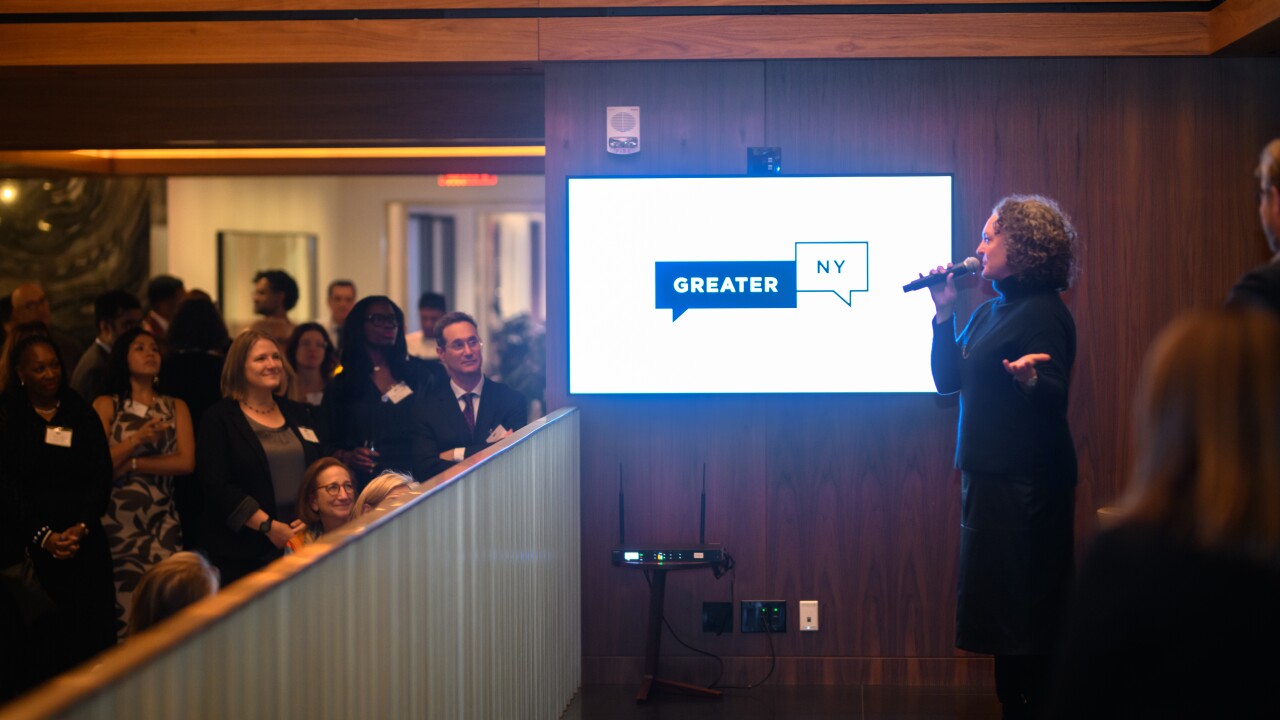The banks that launched the clearXchange P-to-P network two years ago sensed the urgency to get solid footing in the consumer payments market, but its mission rapidly expanded.
With Bank of America today launching its P-to-P product on clearXchange rails — a week after
Early Warning, a bank-owned risk management service,
That move paved the way for clearXchange to accelerate its development of a new ecosystem in which banks promise secure real-time payments and immediate funds availability in P-to-P, bill payment, check deposits, payroll, insurance claims and government payments.
While the pure P-to-P function is still important, diversifying its offerings places less pressure on clearXchange to compete with with PayPal's Venmo, Facebook Messenger, Square Cash,
"We see most of the payment apps in the market today as novelty products," said Lou Anne Alexander, chief market development officer for payments solutions at Early Warning. "They have very limited use cases, or are targeting very specific customer segments."
Early Warning is "heads down" in its work on a full real-time payments ecosystem with a broad range of use cases that will build upon the trusted relationship the banks already have with their customers, Alexander said.
ClearXchange has already reached out to the Federal Reserve to offer its technology to the
"We are involved in developing faster payments criteria with the Federal Reserve and believe it is very important," Alexander added. "Ubiquity amongst financial institutions is one of our primary strategic objectives."
Reaching that ubiquity will be a key element for Early Warning moving forward, said Tim Sloane, director of emerging technologies advisory services for Boston-based Mercator Advisory Group.
"A lot needs to happen for it to be adopted nationwide because there are a whole bunch of banks out there that do not come under the umbrella of clearXchange or Early Warning," Sloane said. "They have to come up with a business model that extends to those smaller banks, and start thinking about distribution models to include them."
Prior to the merger, some Early Warning's owners were also members of the clearXchange P-to-P network, operated through Bank of America, Capital One, JPMorgan Chase, U.S. Bank and Wells Fargo.
Bank of America, BB&T, Capital One, JPMorgan Chase and Wells Fargo owned Early Warning at the time of the merger. As part of the agreement, U.S. Bank and PNC joined B of A, Capital One, JPMorgan Chase, BB&T and Wells Fargo as owners of the combined company.
Early Warning is "definitely going after transactions that are still predominantly check or cash," Alexander said. Such payments include fees for lawn, garden or pool service providers, as well as babysitters and hairdressers.
Early Warning's objective is to have banks auto-enroll customers into its service while also monitoring which types of payments are still made with checks. "The banks can then alert their customers that instead of using checks, they can now use this P-to-P service," Alexander added.
The P-to-P landscape isn't the only crowded field.
Whatever happens next on the real-time payments landscape, clearXchange finds itself in a much stronger position than prior to the Early Warning transaction, Mercator's Sloane said.
"Early Warning has really pulled together a pretty stellar portfolio," Sloane said.
With the relationships Early Warning has with the telcos, the company is able to pull real time data out of the mobile phone network to determine if a phone number associated with a payment has been recently transferred, dropped or changed, Sloane said.
"It gives them a real leg up on providing financial institutions critical information that can stop fraud in its tracks in that particular area," he added.
Fiserv, which provided
Fiserv does not power the clearXchange P-to-P service, but Popmoney remains an element of the U.S. Bank Send Money service, said Fiserv spokesperson Ann Cave.





